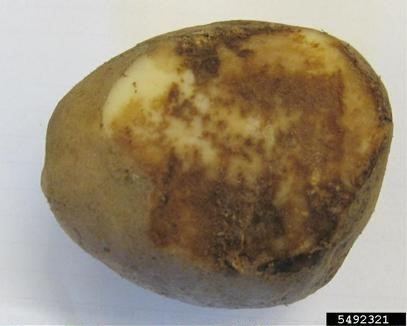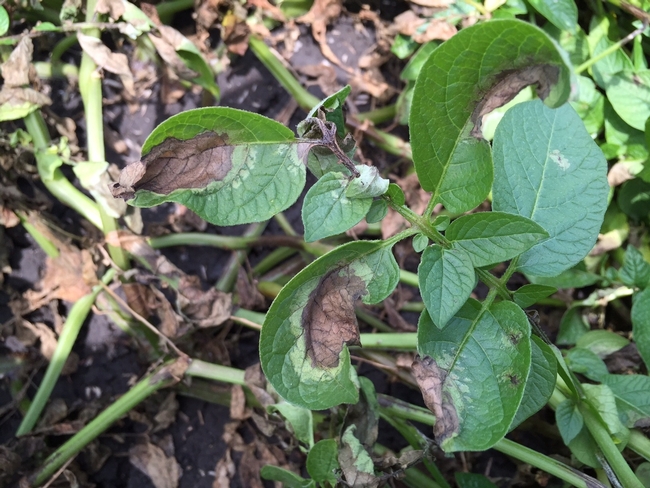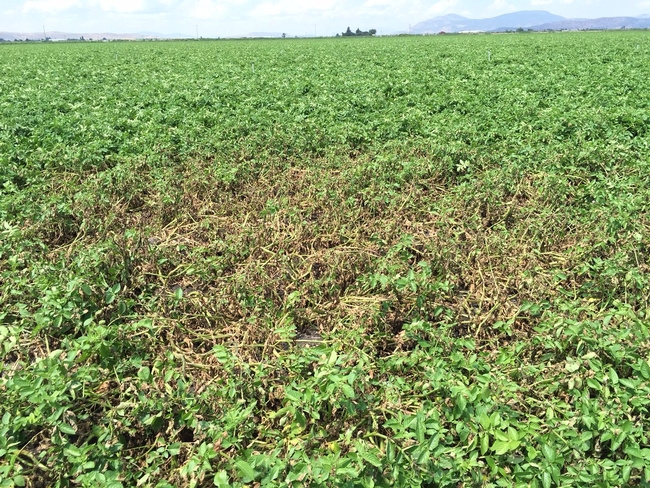
Irish Potato Famine
Prior to the 19th century, Ireland's farmers primarily grew grains such as wheat, oats, and barley. However, by the 1800s, due to a rapidly growing rural population, the Irish began to rely on just one crop – the “Irish Lumper,” a variety of white potato (Solanum tuberosum). It was easy to grow on small farms, even in the worst soil, and provided enough sustenance for impoverished tenant farmers and their families. In the mid-1840s a blight struck potato plants all over Ireland. Leaves would wither with shocking speed and when the tubers were dug up for harvest, they were found to be shrunken, mushy, and inedible.

Known as the “Great Hunger,” by 1851 one million Irish had died of starvation with another million emigrating to other countries, reducing Ireland's population of 8 million by twenty-five percent. With a current population of about five million, it has not recovered to this day. The huge flood of Irish pouring into the United States in the late 1840s had a profound effect on our country, especially in urban areas. By 1850 it was estimated one-quarter of New York City's population was Irish.
Cause of the Late Blight

Late blight affects a wide range of plants, including potatoes, tomatoes, peppers, and eggplant. Symptoms include brown-purplish spots and lesions on leaves and stems, with white fuzzy growth underneath the leaves, ultimately causing fruit rot and plant death. Late blight continues to be a destructive disease, causing serious agriculture losses worldwide in tomatoes and potatoes.
Late Blight Management
If you suspect your garden potatoes are infected by late blight, bring in a sample to your local UC Cooperative Extension office. You can also learn more about late blight at: https://ipm.ucanr.edu/PMG/GARDEN/VEGES/DISEASES/lateblight.html
Saint Patrick's Day

Denise Godbout-Avant has been a UCCE Master Gardener with Stanislaus County since 2020.

